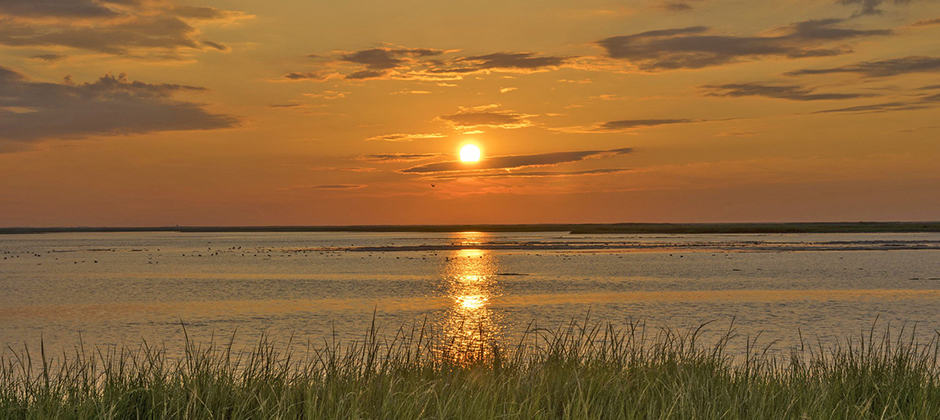Share this article
U.S. Fish and Wildlife Service releases Banking on Nature report
A new U.S. Fish and Wildlife Service analysis finds the National Wildlife Refuge system has an overall economic impact of $3.2 billion per year. The findings were part of the newly-released “Banking on Nature 2017: The Economic Contributions of National Wildlife Refuge Recreational Visitation to Local Communities.” It is the sixth such report since 1997 analyzing the economic impact of refuges on local economies.
The National Wildlife Refuge System comprises 567 national wildlife refuges and 38 wetland management districts in all 50 states and five U.S. territories. To develop the report, the Service analyzed visitation at 162 of these refuges, making this year’s report the most comprehensive to date. The economic impacts of 61 of the refuges included in this year’s report had never before been analyzed. The refuges studied this year were spread across 47 states and the U.S. territory of Guam.
According to the report, the refuge system supports more than 41,000 jobs. In 2017, 53.6 million people visited national wildlife refuges. Many of these visits ±— 83% — were from visitors outside the local area, up from 74 percent in 2011, the most recent year the Banking on Nature report series analyzed.
The report notes that the economic contribution refuges make to communities around the country is more than six times the $483.9 million the refuge system was appropriated in Fiscal Year 2017. The recently passed House Interior appropriations bill would provide $514 million for FY 2020, although the Senate has not yet made its appropriations.
The Wildlife Society, in partnership with the Cooperative Alliance for Refuge Enhancement, advocates for increased funding for the refuge system. Citing the economic impact of the refuge system, as well as the backlog of maintenance projects, the CARE coalition is calling for Congress to increase annual appropriations for the system to $900 million a year.
The Banking on Nature report relies in part on the National Survey of Fishing, Hunting and Wildlife-Associated Recreation, published every five years by the Service. The latest survey, from 2016, found that more than 103 million Americans adults participated in wildlife-related outdoor recreation in 2016, spending almost $156.9 billion on those activities.
More details about the data underlying the report, as well as a full listing of each refuge’s economic impact can be found here.
Header Image: Bombay Hook National Wildlife Refuge in Delaware is one of the refuges studied for the Banking on Nature report. ©Thomas








